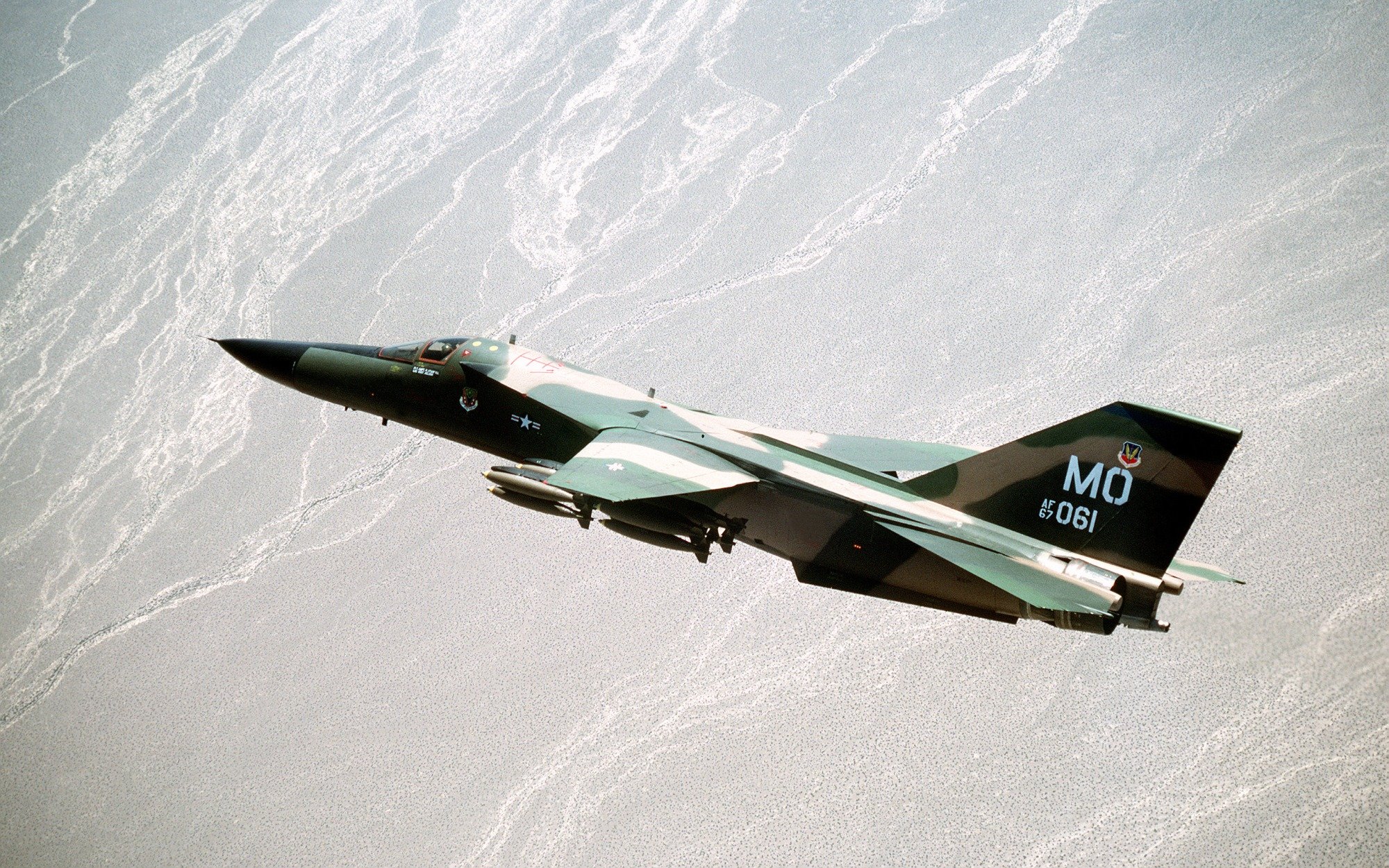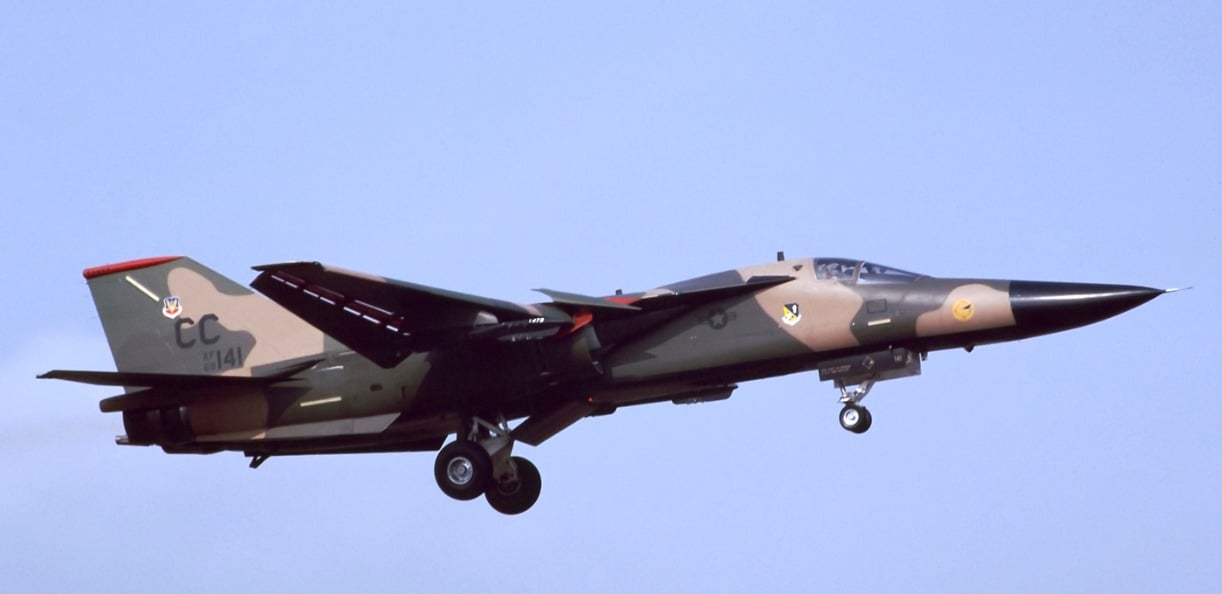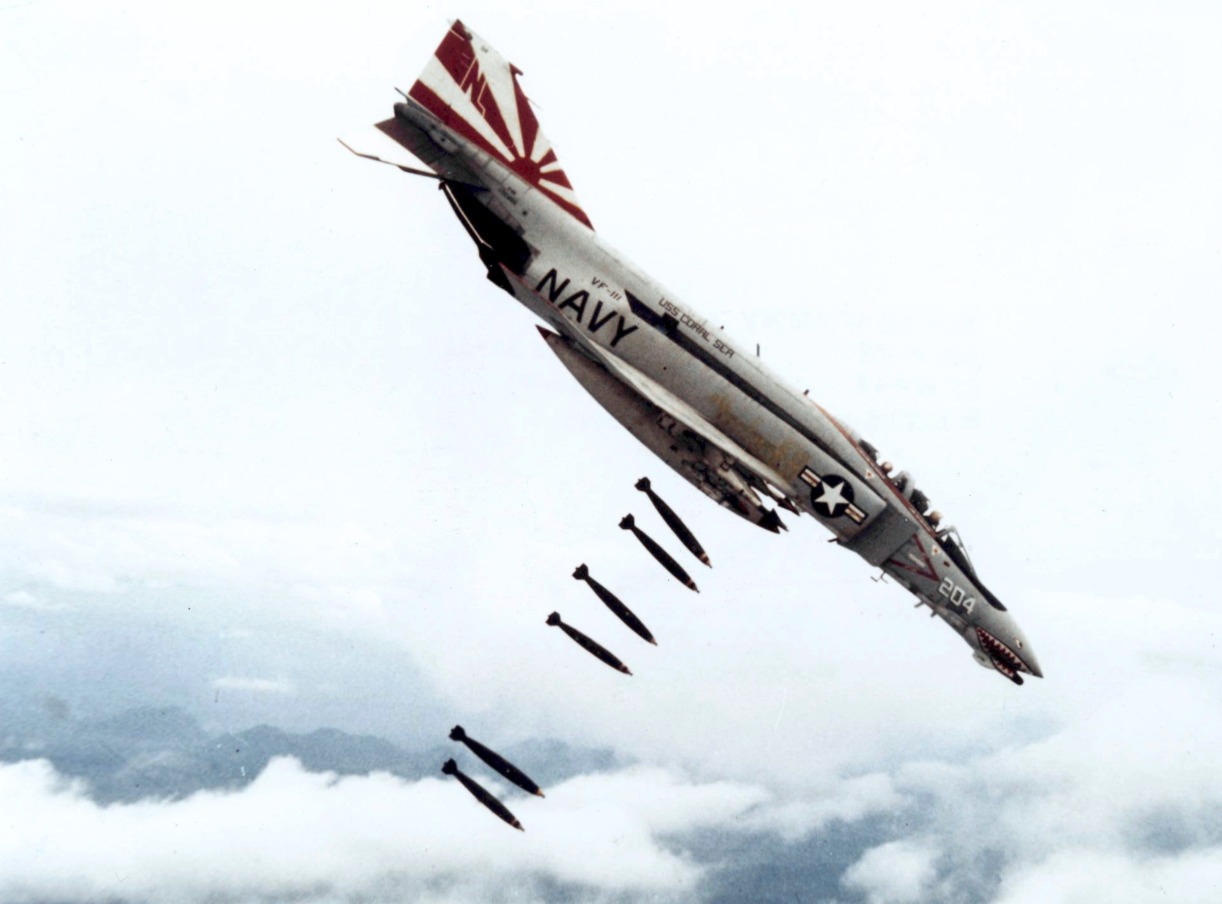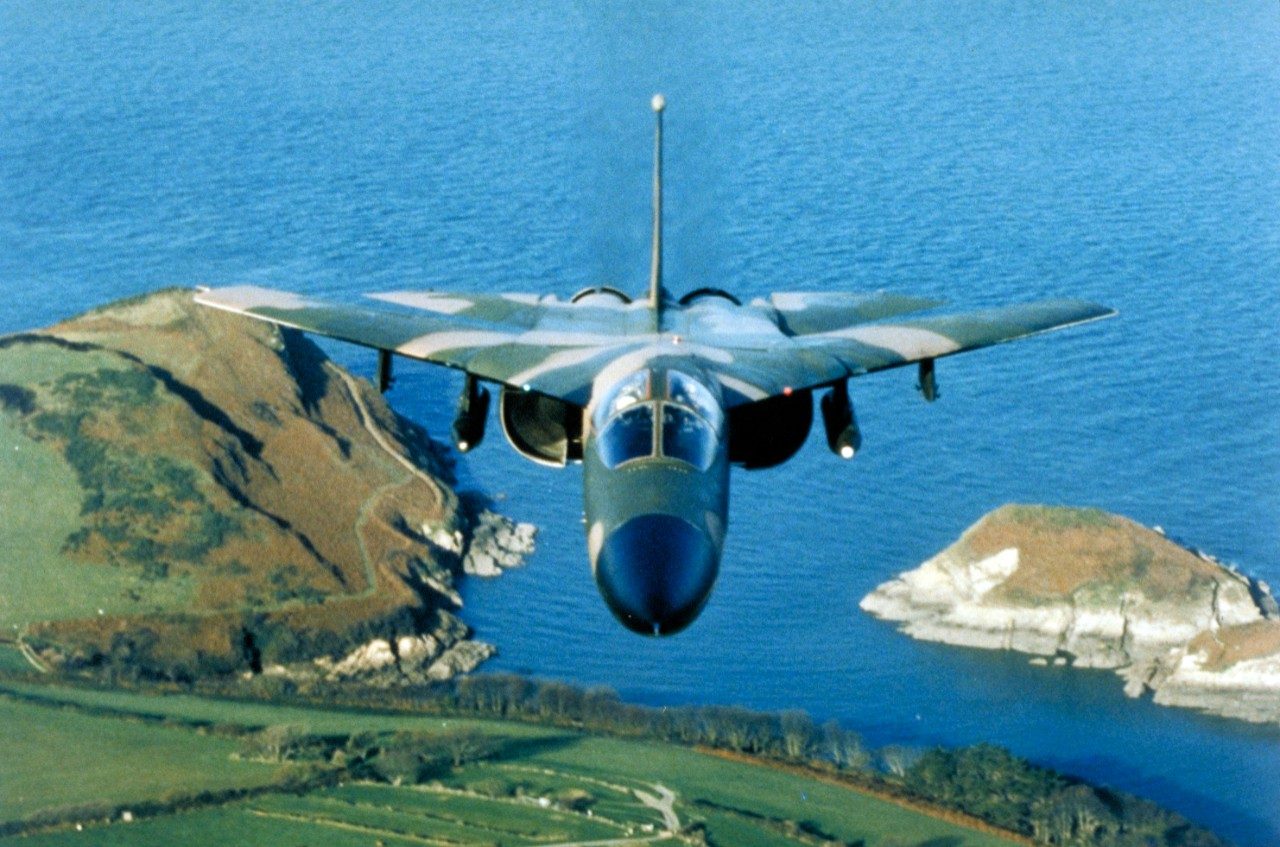The F-111 Aardvark Was the U.S. Air Force's Unstoppable Strike Fighter
Twenty-four U.S. Air Force F-111s and five Royal Air Force F-111s departed the UK headed for Libyan soil. Their expected 3,500-mile flight would require four mid-flight refuelings. When the F-111s reached the Mediterranean, two U.S. aircraft carriers launched U.S. Navy A-6s, A-7s, and F/A-18s to complement the mission
Summary: U.S.-Libya relations have been strained since the 1960s, culminating in several violent incidents in 1986. After breaking diplomatic ties and facing multiple provocations, including a Libyan missile attack on U.S. Navy aircraft and linked terrorist attacks in Greece and West Berlin, the U.S. launched Operation El Dorado Canyon. This retaliatory strike with F-111 warplanes targeted Libyan terrorist facilities and military barracks using a combined force of U.S. Air Force and Navy aircraft.

-The operation, while achieving its immediate goals, faced significant challenges, including the loss of an F-111 and its crew.
-The mission highlighted the vulnerabilities and potential of U.S. military tactics, influencing future operations, including the significant role of F-111s in Operation Desert Storm.
Operation El Dorado Canyon: The 1986 F-111 U.S. Strike on Libya
When thinking of U.S. relations with Libya, most Americans will likely recall Washington’s intervention in the North African country in 2011, or the tragedy in Benghazi. But the countries have had a contentious relationship since the 1960s, with the U.S. accusing Libya of supporting terrorist activity, weapons smuggling, and espionage.
In 1986, tensions between the two nations erupted into a limited but deadly exchange.
First Blood
The relationship between the U.S. and Libya deteriorated quickly that year. In January, Washington formally broke off diplomatic relations with Tripoli. In March, Libya launched surface-to-air missiles at U.S. Navy aircraft. In April, the U.S. accused Libya of bombing TWA flight 840, which killed four passengers over Argos, Greece. Immediately thereafter, terrorists bombed a disco in West Berlin, killing one U.S. soldier and injuring more than 200 civilians.

Washington claimed to have evidence that tied the Libyan government to the terrorist attack. In response, the U.S. launched Operation El Dorado Canyon.
Operation El Dorado Canyon
The operation was designed to target terrorist centers in Libya with a long-range strike. Planned by members of the 48th Tactical Fighter Wing, stationed in England, the operation began on April 14, just nine days after the bombing in West Berlin.
Twenty-four U.S. Air Force F-111s and five Royal Air Force F-111s departed the UK headed for Libyan soil. Their expected 3,500-mile flight would require four mid-flight refuelings. When the F-111s reached the Mediterranean, two U.S. aircraft carriers launched U.S. Navy A-6s, A-7s, and F/A-18s to complement the mission.
The attack began when EF-111s “commenced electronic countermeasures against Libyan air defenses, while Navy support aircraft provided surface-to-air missile (SAM) suppression,” wrote Air Force Capt. Gregory Ball. “The attacking Navy aircraft struck Benina Airfield and the Benghazi military barracks, while 13 Air Force F-111s struck the Azizia barracks in Tripoli and the Sidi Bilal terrorist training camps.”
Only four F-111s were able to successfully drop their bombs—others missed their targets, experienced mechanical problems, or were prohibited from dropping because of strict rules of engagement. Meanwhile, one of the F-111s was reported missing. A search and rescue effort lasted through the next day, but the pilots were later confirmed killed in action.

“Although the mission was deemed a success, it was not without controversy,” wrote Ball. “The commander of the 48th TFW believed that the original concept of a small group of F-111s had grown too large, leading him to believe that there was little chance to surprise the Libyan defenses and the number of aircraft would allow air defenses time to concentrate on the second wave of attackers. However, proponents of the larger strike force believed it would do significantly greater damage to the targets and was worth the risk.”
In total, the strike killed thirty-seven people and injured ninety-three more. The F-111’s inadequacies were addressed, and just five years later, the Aardvark proved its worth, destroying more targets during Operation Desert Storm than any other American aircraft.

About the Author: Harrison Kass
Harrison Kass is a defense and national security writer with over 1,300 total pieces on issues involving global affairs. An attorney, pilot, guitarist, and minor pro hockey player, Harrison joined the US Air Force as a Pilot Trainee but was medically discharged. Harrison holds a BA from Lake Forest College, a JD from the University of Oregon, and an MA from New York University. Harrison listens to Dokken.


